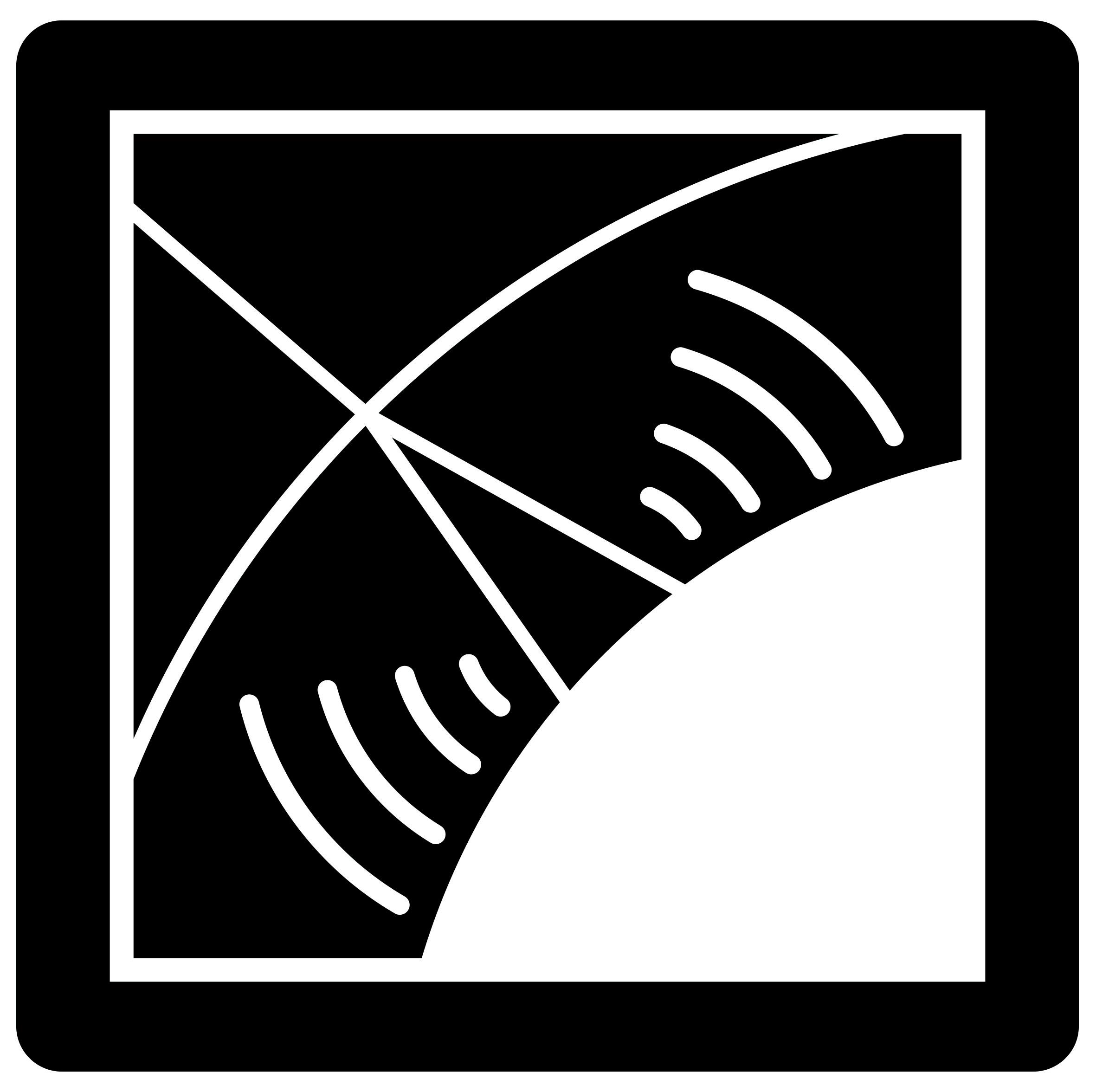2008: Thomas Saugrin
On the 28th of November 2008, Thomas Saugrin defended his thesis on the following subject: Detection and characterization of the radio emission from atmospheric showers induced by cosmic rays with energy above 10^16 eV by the CODALEMA experiment. Jennifer analyzed the data from the Coda2 antenna array. The summary of his document is the following :
Ultra high energy cosmic rays, extraterrestrial particles which nature and origin remain today uncertain, are ordinarily studied by using two major techniques of EAS (Extensive Air Shower) detection: ground particles detectors or fluorescence light telescopes. Appeared for the first time in the 60’, researches on EAS radio-detection by measuring the electric field induced by shower’s charged particles was first stopped because of technical difficulties. With the development of fast electronic, radio-detection technique became again potentially interesting for cosmic rays study. The CODALEMA experiment, since 2002, use and improve the radio-detection method. These last years, the experimental setup was largely modified, original log-periodic antennas were replaced by active dipole dedicated to radio-detection and the trigger, realized by an array of 17 scintillators, allow now to estimate the primary cosmic ray energy. Present objective of CODALEMA is to characterize the electric signal induced by an EAS, according to the physical parameters of the shower. In this thesis the main results obtain by CODALEMA are presented. The evidences for a geomagnetic origin of EAS radio-electric field is one of the more important. Moreover a first study of electric field lateral distribution functions and the correlation between the primary particle energies with the amplitude of the EAS electric field are also discussed. Online access to his document (Thèses en ligne)
